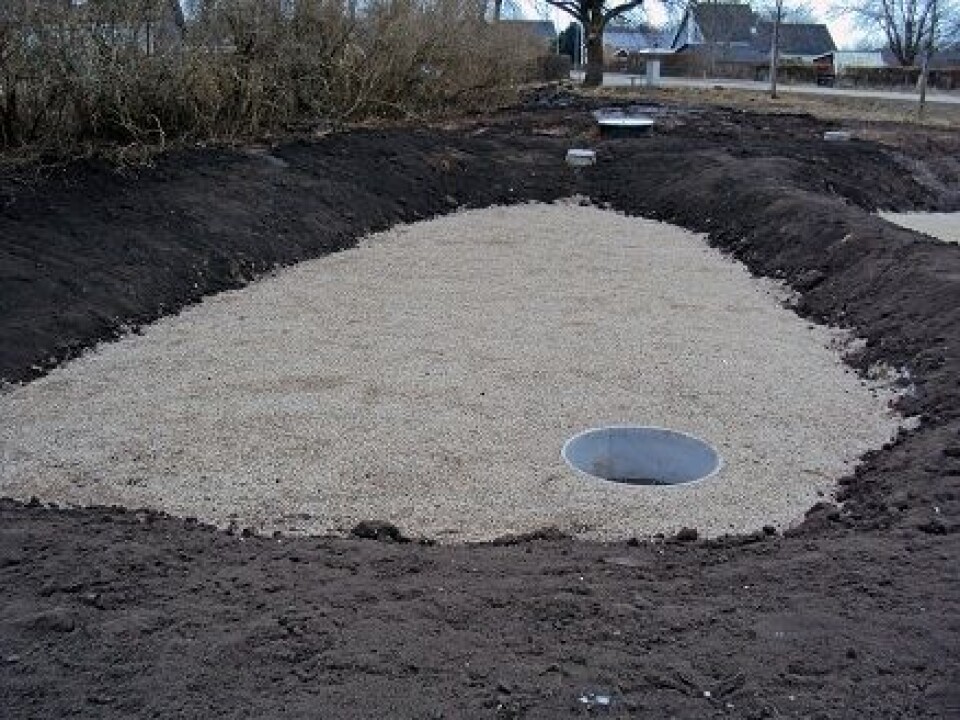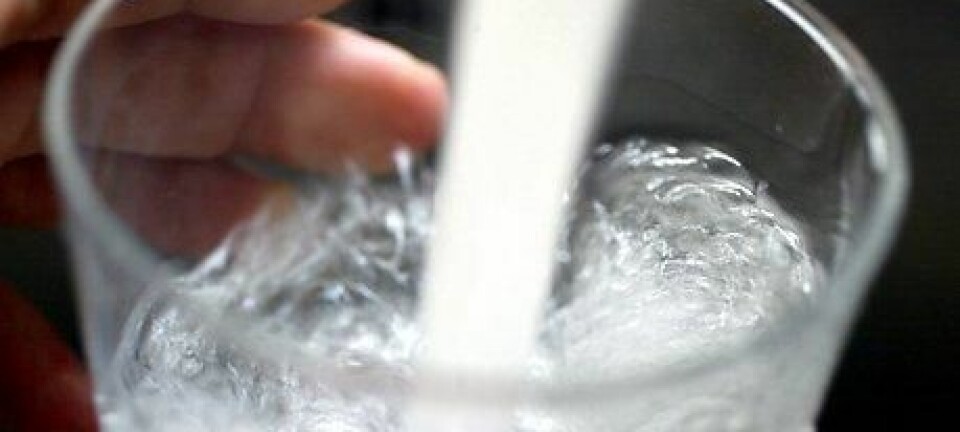
Old concrete can purify rainwater
Strange as it may sound, concrete from your old bathroom can help make our environment greener. This is because concrete has a great ability to bind phosphorus, say the scientists behind a new project.
Concrete from old buildings can actually be useful, new research reveals.
Demolition concrete can purify rainwater of the less desirable substances that it absorbs in the farm land.
Rainwater carries phosphorus with it when it drizzles over a piece of fertilised land, and too much phosphorus can lead to oxygen depletion in lakes and streams.
Scientists at the University of Southern Denmark (SDU) have now made a discovery that will make it easy and affordable to avoid phosphorus flowing into aquatic environments.

Part of the solution consists of using old demolition concrete.
“We have shown that demolition concrete can bind up to 90 percent of the phosphorus,” says one of the researchers behind the project, environmental engineer Melanie Sønderup, a PhD student at SDU.
”It surprised me to see how alkaline this concrete is. You don’t normally go around thinking that old concrete has any practical use. But it is actually incredibly alkaline and can reach pH values of between 11 and 12 – and remain at these levels even when great amounts of water are running through it.”
Phosphorus binds to the concrete surface
Since March this year, Sønderup and two colleagues have been testing the new method in large-scale experiments. Their study is scheduled to be completed in March 2014, but the method is already showing promise:
We have shown that demolition concrete can bind up to 90 percent of the phosphorus.
”By passing the pool water through a filter of crushed concrete, we can remove up to 90 percent of the phosphorus,” says Sønderup.
The phosphorus binds well to crushed concrete because concrete has a high calcium content, and also contains aluminium and iron. All three of these substances bind phosphorus.
When the concrete comes into contact with water, calcium hydroxide (also known as ‘slaked lime’) is released. This results in phosphorus binding to the concrete surface as calcium phosphate.
Not just any old concrete will do
It is, however, not enough to just pour old concrete waste down into the rainwater ponds and then just leave it at that:
“If you do that, you’ll end up destroying the entire watercourse. Some thinking is required,” says the researcher.
Concrete waste is cheap on its own. But it needs to be processed into fine concrete powder for it to be effective.
“It’s also important that we don’t use concrete that has endured long periods of harsh weather where the cement has been washed out, because it is in the cement that the effective calcium is to be found.”
Moreover, it is necessary to use equipment that can monitor the pH value in the water when it flows through the concrete filter. This is because the demolition concrete is so alkaline that there is a risk that this method may make the water too alkaline, and this may make it necessary to add acid to neutralize the pH value.
Concrete filters can last years
Since the project has only been running for a few months, the researchers have limited experience with cleaning filters made from crushed concrete, but they believe that such a filter can last a long time, probably several years.
Sønderup explains that it isn’t until the cement has been washed away that the need to add a new layer of crushed concrete arises, and then the used layer can be recycled as a filling.
------------------------
Read the Danish version of this article at videnskab.dk







